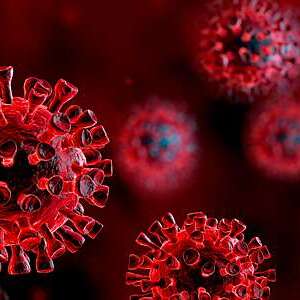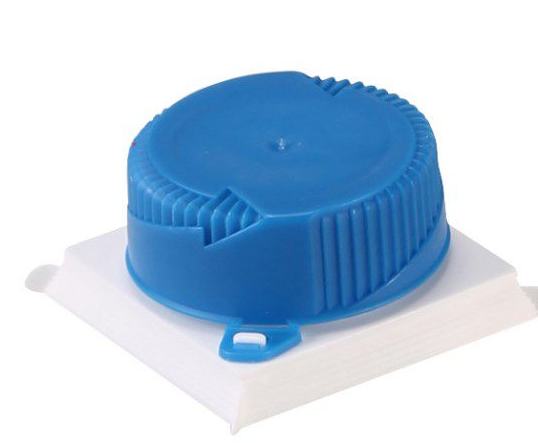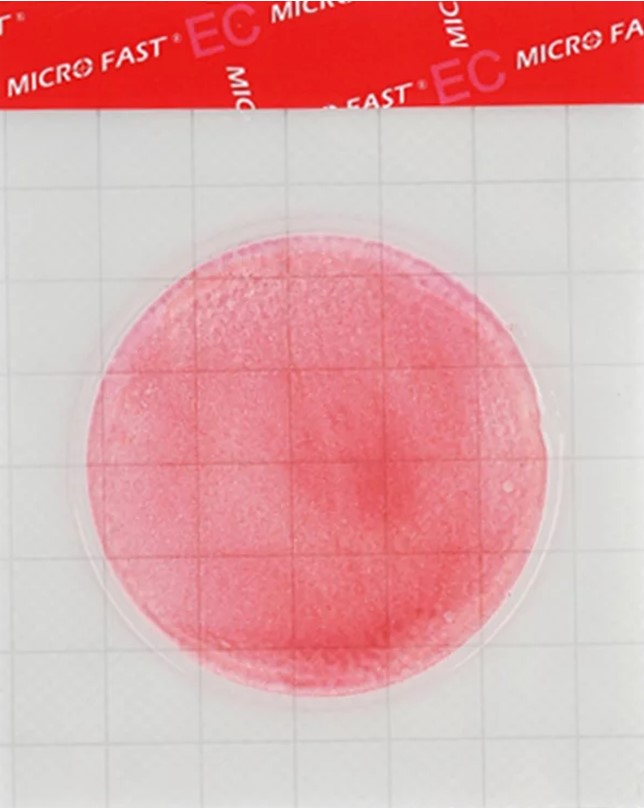The Russians increased spending on checking the heart and blood vessels against the backdrop of post-COVID
The spending of Russians on medical studies of the heart and blood vessels in private clinics increased markedly in January 2022 compared to January a year earlier, follows from the data (available to RBC) of the analytical resource Check Index of the OFD Platform company.
Average check
for electrocardiography (ECG) increased by 13%, to 696 rubles, for electroencephalography (EEG) - by 24%, to 1830 rubles, for vascular ultrasound - by 61%, to 2594 rubles, for ultrasound of the heart - by 9% , up to 1439 rubles.In monetary terms, the volume of sales of these medical services in private clinics also increased in January: ECG - by 25%, EEG - by 32%, vascular ultrasound - by 36%, ultrasound of the heart - by 14%.
Virologists have estimated the likelihood of a “super strain” of CORONAVIRUS
The volume of sales of wrist heart rate monitors increased noticeably last month, five times. At the same time, the average check did not increase very much - by 3%, to 2390 rubles. The volume of sales of pulse oximeters (a device for measuring the level of blood oxygen saturation) also increased by 30%, but the average bill for them decreased by 14%, to 2561 rubles.
The demand for medical diagnostics of the heart and blood vessels has grown against the backdrop of post-COVID manifestations in Russians, says Alexei Barov, CEO of the OFD Platform.
“In the top sales in terms of purchases are services for ultrasound of the heart and ECG (for diagnosing cardiovascular diseases), and in terms of demand dynamics, encephalography is performed to identify the causes of headaches, panic attacks, fainting and other brain dysfunctions,” — the company's CEO said, adding that increased competition is driving more affordable vital sign gadgets to the market.
Read on RBC Pro A "great dismissal" is coming. What way did companies find - Fast Company Five tax schemes that you definitely shouldn’t get involved in in 2022 What happened to the business of the founder of Obuv Rossii:February 20, 11:30 Moscow time Coronavirus RUSSIA Moscow World +170699 (per day) 15.4 million Infected 0 +745 (per day) 345.5 thousand Died +6388 (per day) 2.7 million Infected 0 +84 ( per day) 40.6 thousand Died +1459975 (per day) 423.9 million Infected 0 +8134 (per day) 5.9 million Died Source: JHU, federal and regional headquarters for combating the virus Read more
The most common manifestations of a post-covid symptom are weakness, memory impairment and confusion, said infectious disease specialist Nikolai Malyshev to RBC, noting that symptoms can be "practically any." This syndrome can last up to three months.
The problem of thrombus formation and coagulation disorders is one of the main ones in post-COVID syndrome, since the virus attacks the endothelium - the cells lining the vascular system, which leads to the formation of blood clots, said in an interview with RBC Professor of Virology, HEAD of the Laboratory of Especially Dangerous Infections of the Federal Research Center for Fundamental and Translational Medicine Alexander Chepurnov.
Collective immunity to covid-19 fell below 60% in Russia Society
79% of those who recovered from coronavirus experienced post-covid syndrome, according to the results of a study by the All-Russian Public Opinion Research Center (VTsIOM). Among those who discovered such a syndrome, 49% noticed a violation of taste and smell, 38% - general weakness.
80% of those faced with post-COVID syndrome did nothing in connection with this, 20% decided to undergo rehabilitation. Of those who took up it, 64% took medication, 54% walked, 42% did breathing exercises, 41% joined physiotherapy exercises; every fifth person went for a medical examination with symptoms of post-COVID syndrome.
How the number of hospitalizations with coronavirus in Russia changes February 20 The number of hospitalized and diagnosed cases per day. The operational headquarters began to provide open regular statistics on hospitalizations from January 20, 2022 Created with Highcharts 8.2.2
Read together with it:
- An HSE expert reported on the "evolution of inequality" in access to healthcare.An HSE researcher analyzed Russians' access to healthcare over a ten-year period. In 2021, the influence of financial factors became noticeable for the first time: low income reduces the likelihood of visiting a DOCTOR.Over the ten years from 2011 to 2021, the number of Russians requiring medical care but not receiving it remained virtually unchanged, according to a study by Lyudmila Zasimova, hea...
- The IEA sees a risk of a decline in oil production in Russia due to sanctions.The IEA sees a risk of reduced oil production in RUSSIA due to US sanctions , but maintains its production forecast. According to the IEA, Russian oil exports will remain unchanged.There is a "significant downside risk" to Russia's oil production forecast due to US sanctions, the International Energy Agency (IEA) said in a report.BLOOMBERG . The agency's experts believe that the latest US sanction...
- UniCredit заявил о галактических усилиях из-за санкций против РоссииUniCredit старается не нарушить «более 15 тыс. санкций», а также не «совершать ошибки», которые позволят изъять его активы в России, заявил гендиректор. После начала военной операции банк начал рассматривать возможность ухода Итальянский банк UniCredit прилагает «галактические усилия», пытаясь соблюсти международные санкции в отношении своего российского подразделения. Об этом заявил генеральный д...
- "Коллективы АПК способны решать любые задачи даже в непростых условиях". Назаров о заслугах сельхозпроизводителейЮрий Назаров 13 ноября, Минск. Обеспечение продовольственной безопасности страны - большое достижение трудовых коллективов аграриев, отметил управляющий делами Президента Республики Беларусь Юрий Назаров на торжественной церемонии награждения государственными и иными наградами работников АПК Управления делами Президента Республики Беларусь, передает корреспондент БЕЛТА. Торжественная церемония наг...
- Низкое предложение и устойчивый спрос: в Аргентине растут цены на мясоЦены на говядину снова выросли, что отразилось на полках супермаркетов и в мясных магазинах. За последние две недели розничные цены выросли на 8–12%, а на некоторые популярные отрубы рост превысил 15% по сравнению с октябрем. Тем не менее, продажи остаются высокими: потребители продолжают покупать, принимая новые цены и закрепляя тенденцию, которая повторяется каждый год в конце года, когда спрос ...
- Колумбия: При экспорте скота сертификация и прослеживаемость больше не являются необязательнымиВысококачественное животноводство, особенно при экспорте, требует сертификации и прослеживаемости. Это необходимые условия для выхода и конкуренции на многих международных рынках, а также на некоторых всё более требовательных внутренних рынках. Колумбийское животноводство не является исключением из этих правил, и, хотя предстоит ещё многое сделать, всё большее число ферм и компаний внедряют эти ме...
- Pharmaceutical companies see a threat to EU security due to bacteria in UkraineAntibiotic-resistant superbugs have been detected in Ukrainian soldiers since the beginning of the conflict, and now they pose a threat to Europe, according to a foundation developing antibiotics.The Ukrainian conflict threatens Europe with antibiotic-resistant "superbugs," said Henry Skinner, CEO of the AMR Action Fund, which specializes in investing in antimicrobials. His article was published o...





























































